Ballou & Justice, architect
2110 E. Laburnum Rd. c. 1965 (now March Funeral Home)
1771 N. Parham Rd., 1971 (pictured in photographs)
102 Huguenot Rd.,1983
When my octogenarian grandmother, as devout a Presbyterian as she was in-the-know, in the 1980s visited from Blackstone in rural Southside Virginia’s Nottoway County, she enjoyed being driven around Richmond’s sprawling suburbs to see ongoing developments.
One day, as we drove along North Parham Road, she was startled to see an architecturally-striking Woody funeral home. With an angular roofline and a spike-like steeple rising above its chapel, the complex radiated delightful Sputnik flair.
Nonetheless, she remarked: “When I go, please don’t have my funeral there; that spire would impede my ascent.”
“What makes you think that you are headed in that direction?” I replied.
She shushed me off: “Drive on.”
If Woody’s eye-catching design is different from other mortuary architecture here, it was designed to be so. But first, some history.
Woody Funeral Home was established with a single facility in Church Hill in 1905 by Henry W. Woody. After his death in 1958 the company was acquired by J. Harwood Cochrane, a self-made Richmond tycoon well-known as the founder of the Overnite trucking company and for the obliteration of much of the historic residential fabric of Manchester. During the mid-to-late 20th century he demolished some 150 structures for redevelopment in that Southside neighborhood. Since the rebuilding of the area didn’t occur in his lifetime, he and his wife are remembered for being among the city’s greatest cultural benefactors. He bequeathed the vacant lots in Manchester to the Virginia Museum of Fine Arts Foundation. The sale of the properties for residential construction helped finance construction in 2010 of the museum’s north wing and adjacent sculpture garden (Rick Mather was the architect and SMBW the associate architect).
By the mid-1960s Cochrane was ready to expand the Woody brand to an East End suburban location at 2110 E. Laburnum Ave. (since 2004 the March Funeral Home), Ballou & Justice was the architect. Soon after receiving this commission the firm designed Richmond City Hall, a highrise with its own spikey crown in the form of a transmission tower. The firm also designed the Pollak Building, the brutalistic school of the arts facility at Virginia Commonwealth University.
Apparently, Cochrane didn’t want a traditional design for his new funeral home. The chapel, which distinguishes the building’s exterior, is octagonal with a roof that appears to unfold fan-like over the structure. Just beneath the roofline are continuous clerestory windows fashioned of rectangles of multi-colored glass. On the chapel interior, with its warm, natural wood ceiling, the flood of daylight through the colored glass is thrilling.
The chapel is surrounded by a simple but dignified concrete and red brick wrap-around structure that contains other facilities. Visitors enter the complex via a conservative, stripped classical colonnade that consists of eight white pier columns.
Kenneth Higgins was the landscape architect and William T. Munfred was the interior designer.
In 1971 the company built a second funeral home at 1771 N. Parham Rd. following the same design. In 1983 it added a similar, third facility at 1020 Huguenot Rd. in Midlothian.
This wasn’t Virginia’s first example of architectural repetition used as a corporate branding. In the 1940s The Virginia Alcoholic Beverage Commission spun its uniform art moderne, concrete-walled, glass block liquor stores facades from Accomac to Abington counties. Golden Skillet Fried Chicken stores, with their heavy-hooded red roofs designed by the Glave Newman Anderson firm once dotted every quarter of Richmond. And even Siegels’ Food Stores attempted to establish an architectural standard with its red brick facade of inverted classical arches (an example survives at 1911 W. Main St.). But Ballou & Justice may have devised the most eye-catching example of marketing in suburbia with its standardized buildings.
ES
Special thanks to Bernie Henderson, president emeritus of Nelsen Funeral Homes and Woody Funeral Homes, for his assistance.
Photos by Don O’Keefe. Photos are of the Parham Rd. location.

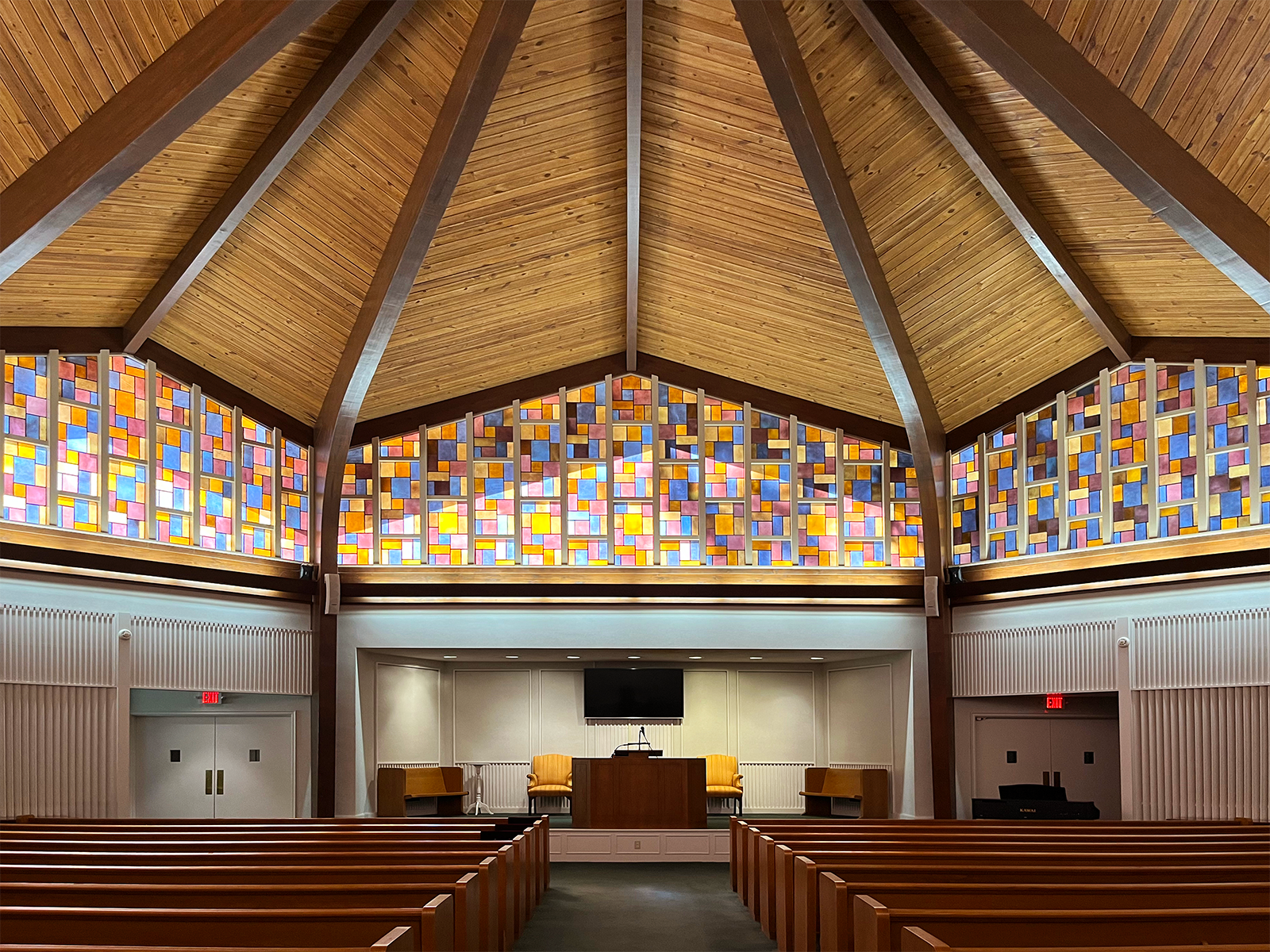
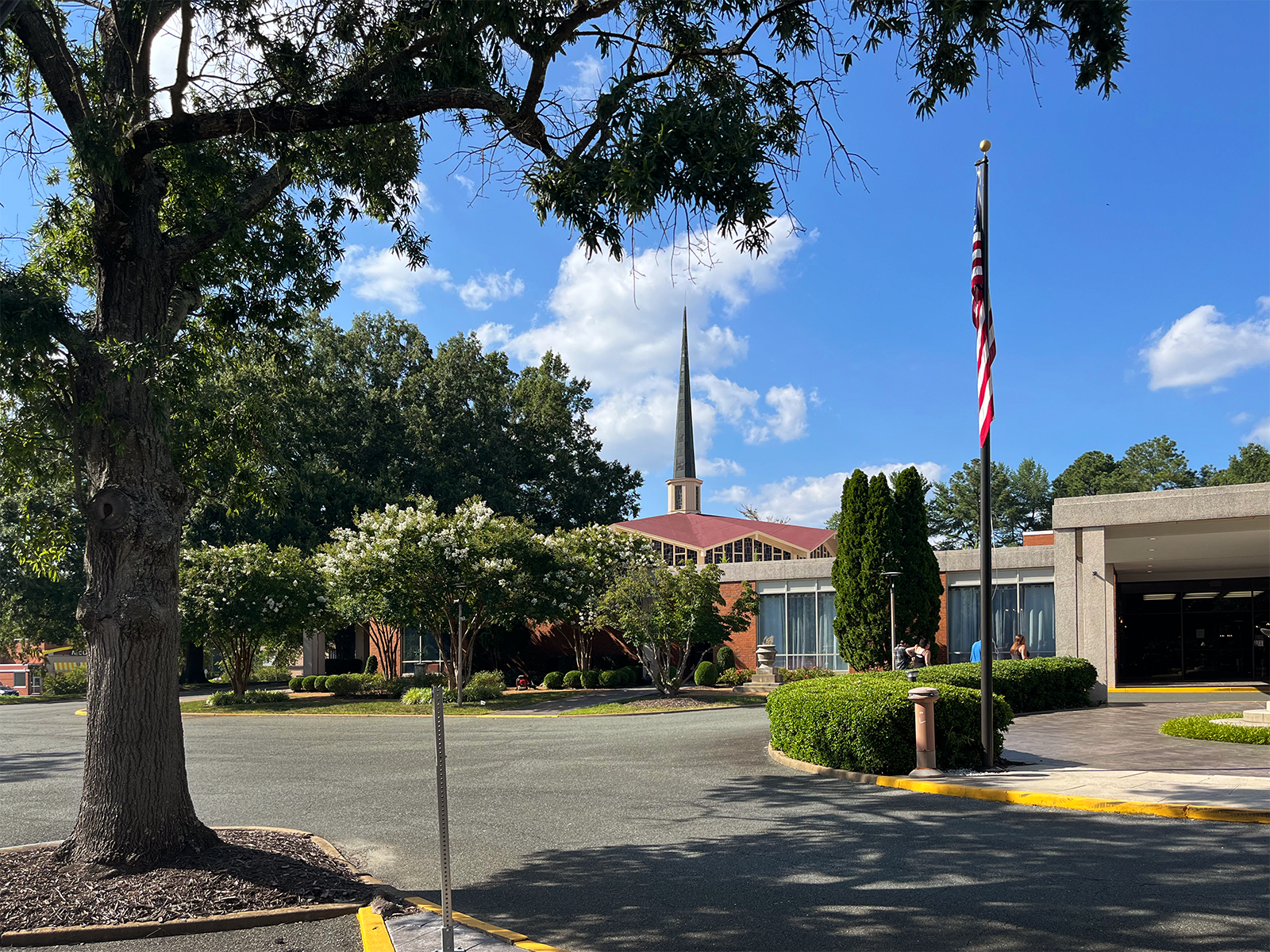
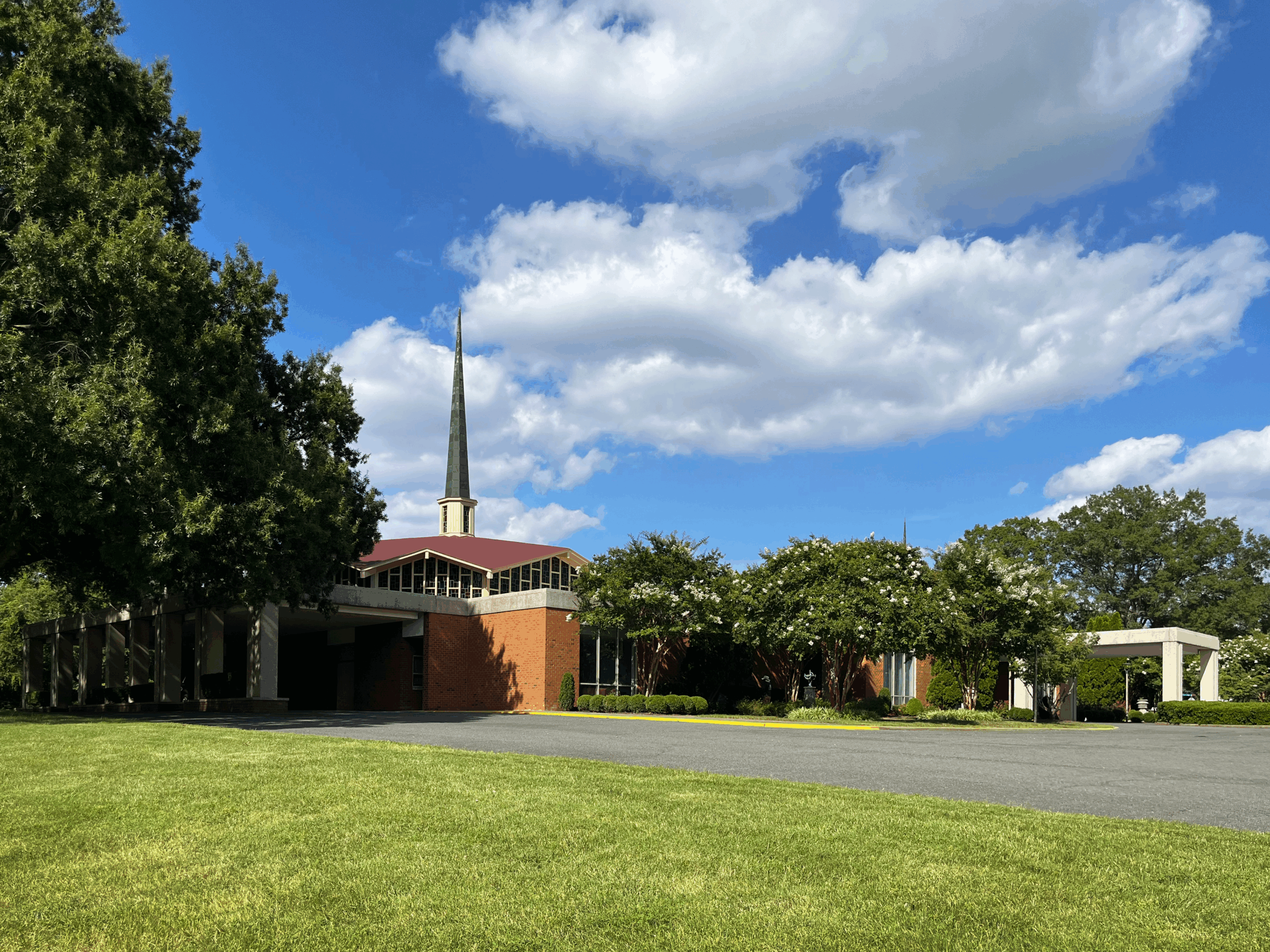
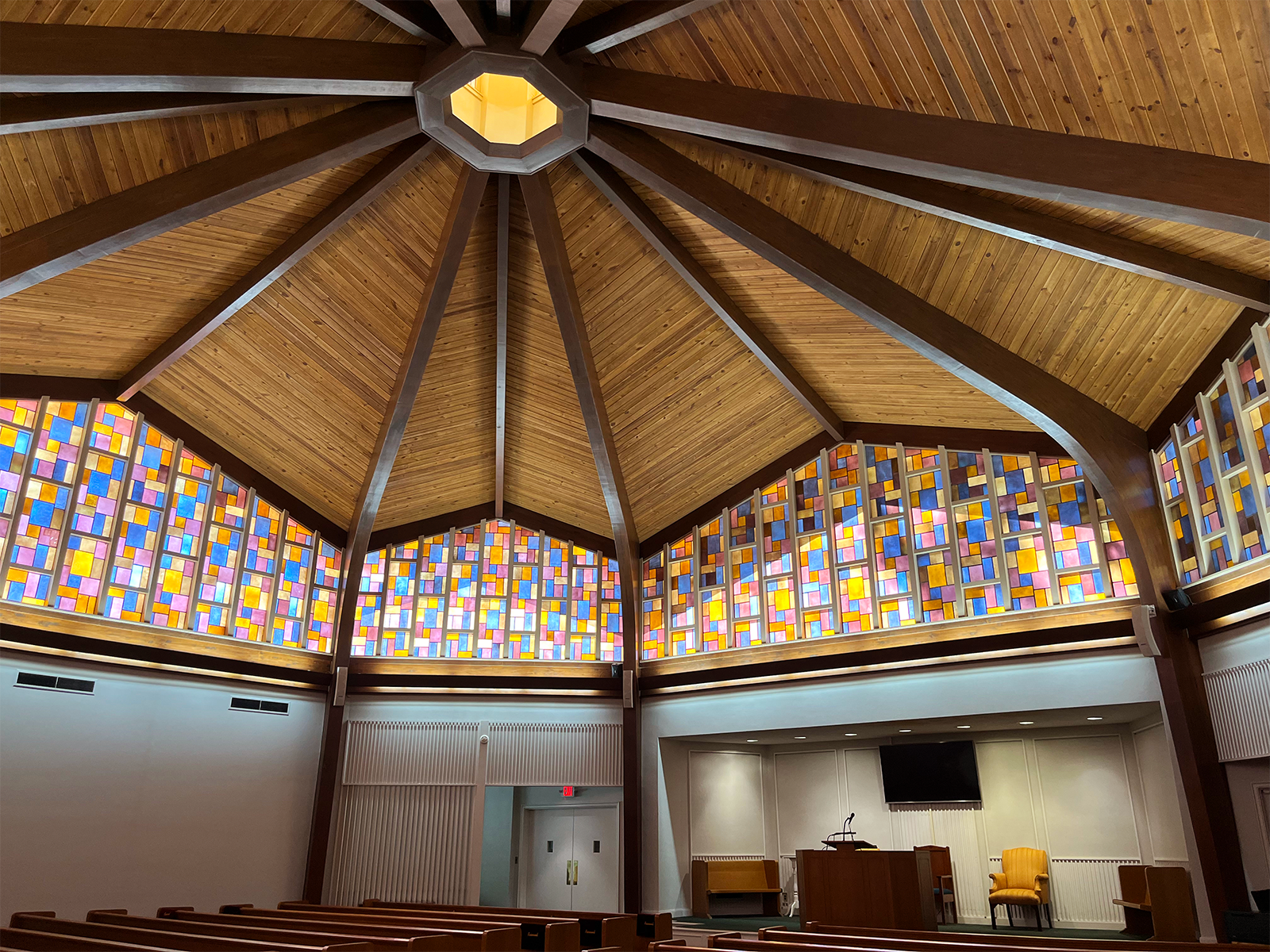
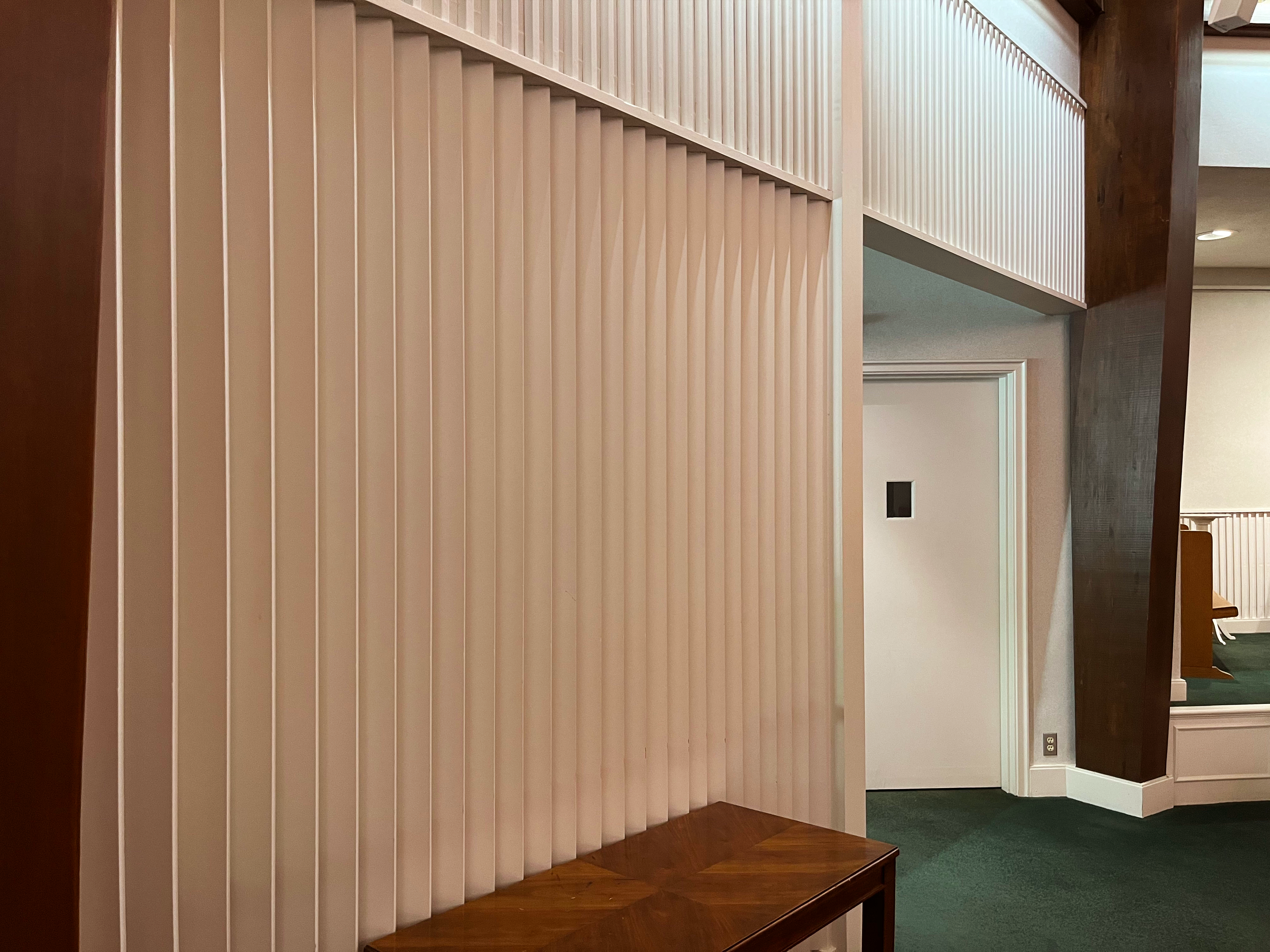
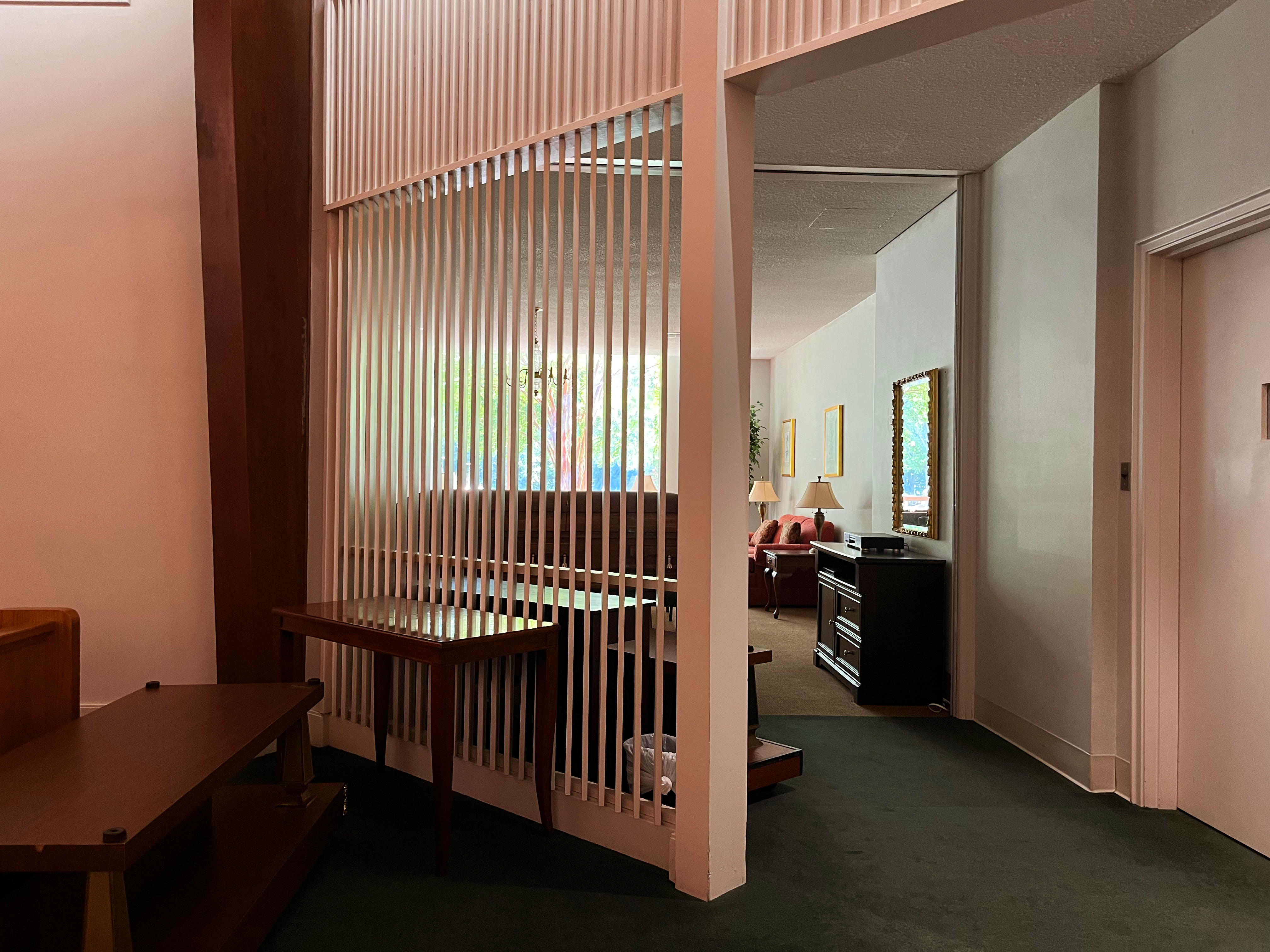
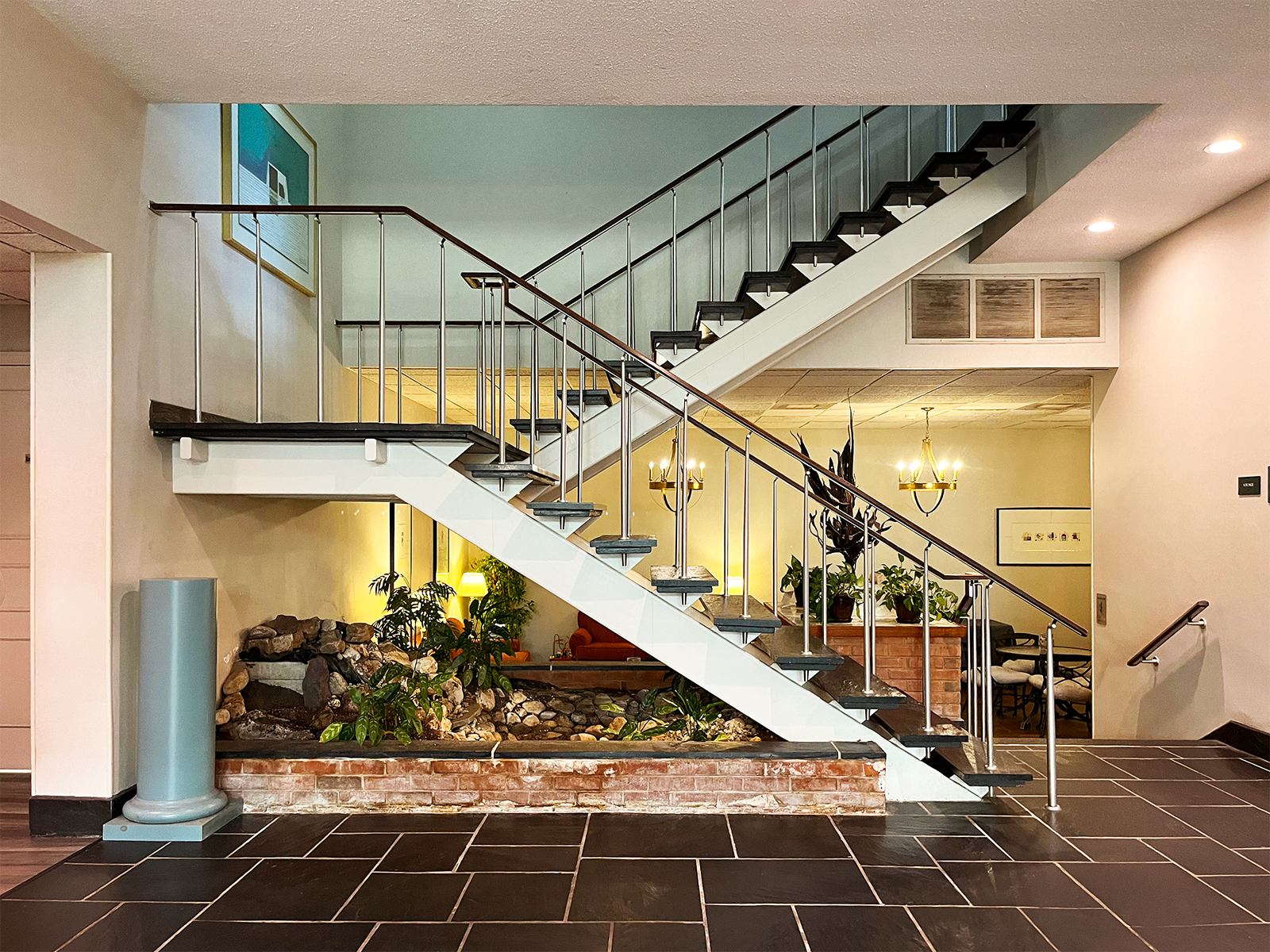
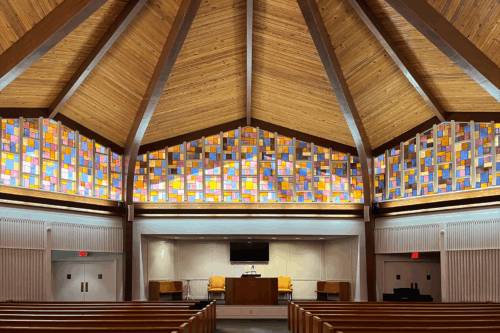
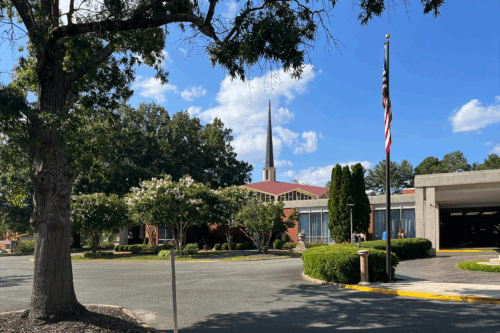
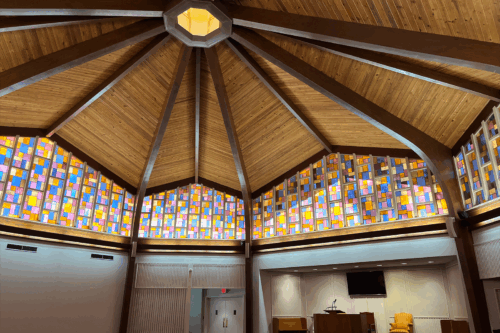
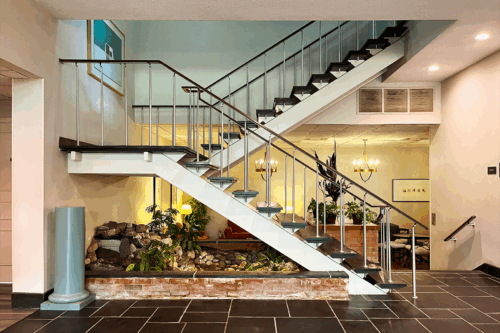
Write a Comment